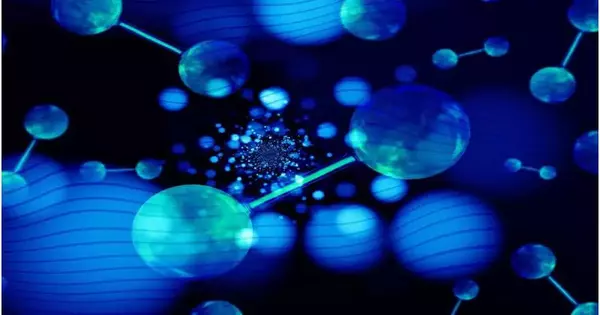With new research that enhances the effectiveness of iridium-based catalysts, experts from the University of Adelaide have advanced the race to make widespread use of intermittent renewable energy a reality.
According to Associate Professor Yao Zheng, ARC Future Fellow, School of Chemical Engineering, of the University of Adelaide, “currently it is difficult for commercial iridium oxide catalysts to achieve high activity and stability simultaneously in proton exchange membrane water electrolysis (PEMWE).”
“We found that an iridium oxide catalyst’s efficiency can be increased by 5 to 12 percent using a lattice-water-assisted mechanism, which involves arranging water molecules in a specific pattern. This results in a higher energy output while using less energy.
“At the moment, commercial iridium oxide catalysts find it difficult to achieve high activity and stability in proton exchange membrane water electrolysis (PEMWE).”
The University of Adelaide’s Associate Professor Yao Zheng, ARC Future Fellow, School of Chemical Engineering.
“A promising strategy for producing green hydrogen is water splitting with PEMWE. However, due to the element’s ability to withstand the severe acidic conditions encountered during the reaction, only electrocatalysts based on iridium can be utilized.
One of the most appealing methods for making green hydrogen is to use electricity that comes from renewable sources, especially when done with the PEMWE method, which can operate with a fast response and a high current density. As the future’s low-emission fuel, hydrogen has been referred to.
Iridium is one of the earth’s rarest elements. It is found in sediments deposited by rivers, uncombined in nature. It is recovered commercially as a nickel refining byproduct. In the crust of the Earth, there is a very thin layer of iridium. Iridium is primarily produced in South Africa.
Associate Professor Zheng stated, “As the global output of iridium is very limited, it is very important to reduce the amount used in these types of catalysts.”
“The amount of iridium can be decreased, and the cost of producing green hydrogen can be effectively decreased, with the lattice-water-assisted oxygen exchange mechanism that demonstrates the possibility of both higher efficiency and stability in a proton exchange membrane water electrolyser.
“Our findings not only confirm the viability of a low-loading iridium-based anodic catalyst for PEMWE, but they also offer novel suggestions for modifying the oxygen exchange mechanism for the design of high-performance oxygen evolution reaction (OER) catalysts.”
“A carbon-neutral society could be built as soon as possible with cheaper green hydrogen, and related climate problems could be effectively reduced.”
The fundamental aspects of the team’s work have been addressed. How to expand the new synthesis requires additional investigation. The results of their research have been published in Science Advances.
More information: Jun Xu et al, IrOx·nH2O with lattice-water-assisted oxygen exchange for high performance proton exchange membrane water electrolyzers, Science Advances (2023). DOI: 10.1126/sciadv.adh1718. www.science.org/doi/10.1126/sciadv.adh1718





